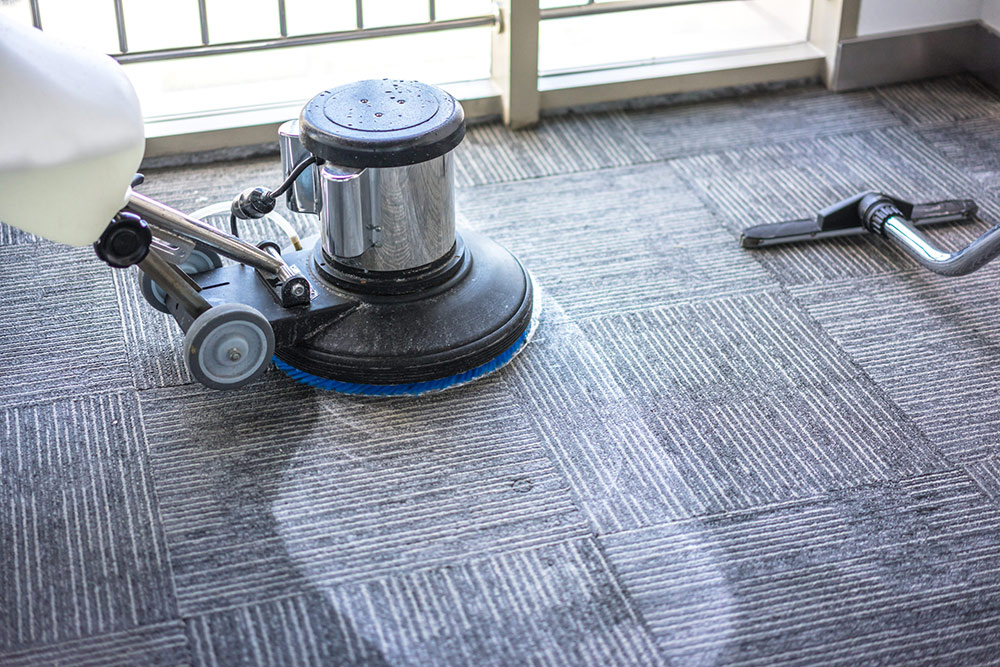Traditional and Modern Joinery with Wooden Pins

Carpenter’s wooden pins, also known as dowel pins, have been used for centuries in traditional woodworking and carpentry. The traditional method of using wooden pins involves drilling holes into the wood pieces to be joined, inserting the pins, and then glueing them in place. This method is simple, easy to use and produces strong and durable joints.
However, with the advancement of technology, wooden dowel pins can also be used in modern joinery methods. For example:
- Precision Joinery: Wooden pins can be machine-cut with precision, ensuring that each hole and pin fit together perfectly. This improves the strength and durability of the joints, and reduces the risk of failure or coming loose over time.
- Glue Insertion machines: These machines can insert glue into the holes with precision and accuracy. This ensures uniform glue coverage and improves the joint strength.
- Press Fittings: Wooden pins can be used in press fittings, which involves inserting the pin into a pre-drilled hole and then applying pressure to lock the joint in place. This method is fast, efficient and produces a strong joint.
- Pre-glued Wooden Pins: Pre-glued wooden pins are available where the glue is already applied on the pin. This makes the process of glueing faster, efficient and less messy.
By using modern technology, the joints become more precise, uniform and efficient, leading to a higher quality and more durable final product.
In conclusion, wooden pins have been used for centuries in traditional joinery and still remain an important tool in modern joinery. They are versatile and easy to use, with advancements in technology they are stronger and more efficient than ever before. Traditional methods of using wooden pins in conjunction with modern techniques and machinery make the joinery process more efficient, stronger, and precise.
How to Use and Remove Carpenter’s Wooden Pins?
Using carpenter’s wooden pins, also known as dowel pins, is a simple and straightforward process. Here are the basic steps for using and removing wooden pins:
Using Carpenter’s Wooden Pins:
- Measure and mark the location of the holes: Measure and mark the location of the holes where the pins will be inserted on the wood pieces.
- Drill the holes: Using a drill bit that matches the size of the wooden pins, drill holes into the wood pieces. The depth of the hole should be slightly longer than the length of the pin.
- Apply glue to the holes: Apply a small amount of wood glue to the holes, this will help to secure the pins in place.
- Insert the pins: Insert the wooden pins into the holes, making sure they are flush with the surface of the wood.
- Clamp or press the pieces together: Clamp or press the wood pieces together, to ensure a tight fit while the glue dries.
Removing Carpenter’s Wooden Pins:
- Loosen the joint: Use a chisel or a pry bar to gently loosen the joint.
- Remove the pin: Using a pair of pliers or a hammer and chisel, gently tap and pull the pin out of the hole. Be careful to not damage the wood when removing the pin.
- Clean up: Remove any remaining glue residue and sand the wood if necessary.
It’s important to note that when you remove the wooden pins, some of the wood fibers around the hole may also get pulled out. Therefore, it’s always a good idea to drill a new hole for the replacement pin and make sure to apply glue.
In conclusion, using and removing carpenter’s wooden pins is a simple and straightforward process. With the proper tools, it can be done quickly and easily, without causing any damage to the wood. Being able to use and remove wooden pins allows for easy disassembly or repairs to be made to the piece of furniture or structure without causing any damage. This makes it a versatile and useful tool for both traditional and modern carpentry.
A Look at the Different Sizes and Applications of Carpenter’s Wooden Pins;
Carpenter’s wooden pins, also known as dowel pins, come in a variety of sizes to accommodate different woodworking and carpentry applications. Here are some of the most common sizes of wooden pins and their typical uses:
- 1/4 inch diameter: These are the smallest size wood pins, and are typically used for small joints or for attaching lightweight parts in furniture or wooden structures.
- 3/8 inch diameter: These pins are commonly used for larger joints and for attaching medium-weight parts in furniture or wooden structures.
- 1/2 inch diameter: This size of wooden pin is often used for medium to large joints, and for attaching heavy parts in furniture or wooden structures.
- 5/8 inch diameter: This is the largest size of wooden pin and it is used for the heaviest joints, such as in construction of wooden structures like bridges, scaffoldings and so on.
- Custom sizes: Besides these standard sizes, wooden pins can also be custom cut to size if necessary for a specific project or application.
The length of wooden pins can also vary depending on the thickness of the wood it is being used with. Generally, the length of the pin will be slightly longer than the thickness of the wood, this allows for a tight fit and maximum strength of the joint.
The size of the wooden pin that is used will depend on the size and weight of the wood being joined, as well as the application. For example, small wooden pins would be used to attach lightweight parts in furniture, while larger wooden pins would be used to attach heavy parts or for joining large sections of wood.
In conclusion, carpenter’s wooden pins come in a variety of sizes and lengths, each with different uses. The size of the pin should be chosen based on the size and weight of the wood being joined, as well as the intended application. With the option of custom sizes, it makes wooden pins a versatile tool for all types of carpentry and woodworking projects.




